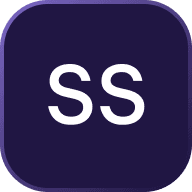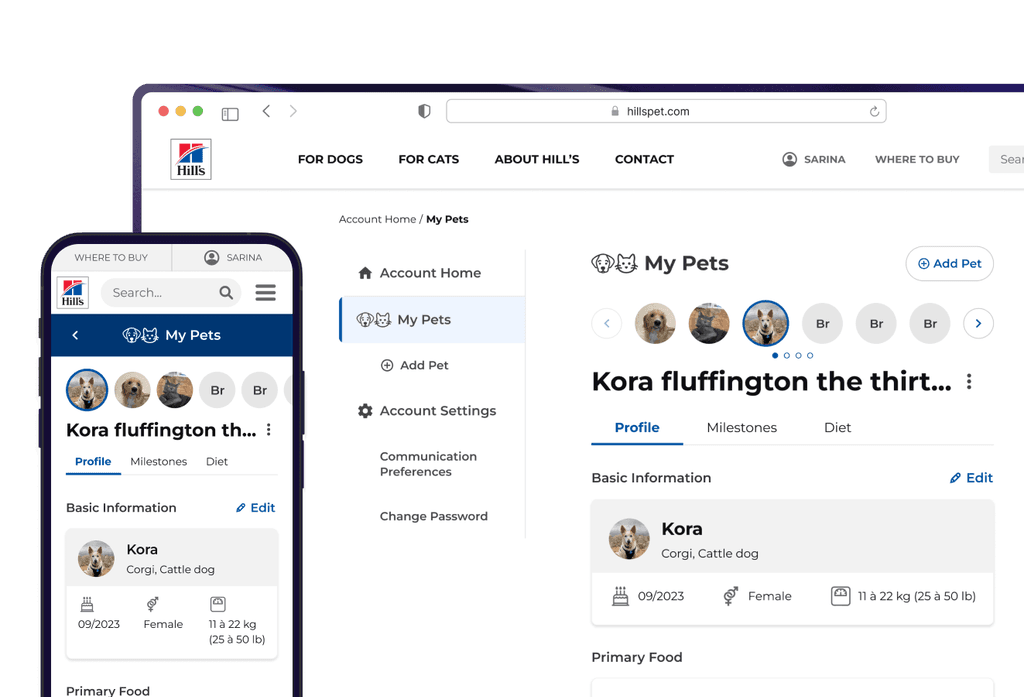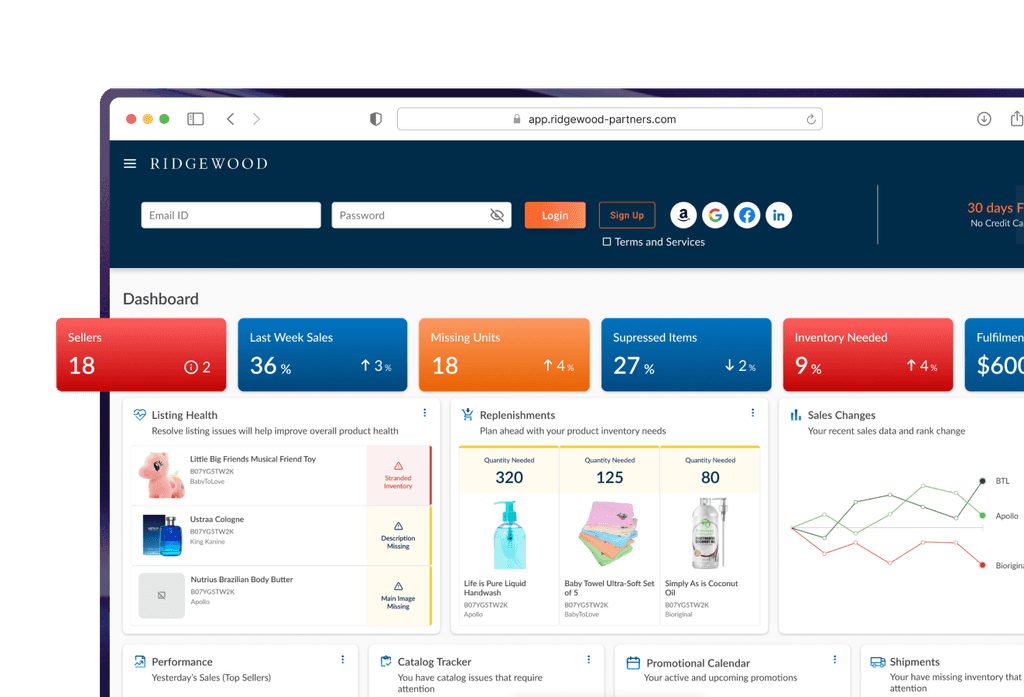Duration
9 months Mar 2022 - Nov 2022
My Role
Understanding Client Requirements, Interaction Design, Iterating based on feedback
Ogee Studio Team
Sakshi S (me), Chaitrali (manager), Bhumika D, Shravani W, Sumesh K, Tejasvi
It is an enterprise-grade cyber security protection platform for small-medium (SBMs) sized businesses
The platform prioritizes the cybersecurity requirements of small-to-medium businesses (SMBs), notably those within America's Defense Industrial Base (DIB) and critical infrastructure (CI), addressing their susceptibility to continuous cyber threats. In doing so, it ensures the protection of American innovation and national security.
Platform Scope
Two significant limitations were identified in the beginning of the project out of which we could overcome the first.
📚
Limited Domain Knowledge
Our team had only a limited understanding of the domain we were designing for, which posed challenges in grasping the full scope and complexities of the subject matter initially.
😕
No Direct User Contact
The client organized 8 three-hour workshops to help us grasp the domain and their needs.
The client conducted several three-hour workshops to brief us on the domain and the product's concept. Due to the client residing in a different timezone, the workshops took place after midnight in IST. This experience taught me the importance of adaptability.
🎯
Talking to Domain Experts
👩🏻🏫
Attending Workshops
Additionally, the client organized workshops aimed at providing us with a deeper understanding of the domain.
User Problem
Analysis processes lack efficiency and collaboration, leading to delays in incident resolution
Business Problem
Companies find it hard to track and collaboratively resolve threats in a clear and timely way, which puts them at higher risk of attacks
Facilitating in-depth case analysis, monitoring case progress, and assigning tasks to strengthen incident response
Designing a system that enables thorough examination of cases, allowing analysts to delve deep into their details for effective analysis. Additionally, the system provides real-time monitoring of case progress, ensuring timely interventions and adjustments as needed. Furthermore, streamlined task assignment functionalities will bolster the incident response.
Elaborate interactions for each monitor on the dashboard for greater user control
For each monitor displayed on the dashboard, users can engage in various interactions to manipulate and analyze the data effectively. These interactions include settings to filter data based on thematic range, status, and stage of different cases. Users could adjust these filters dynamically to focus on specific subsets of information, providing them with greater control and insight into the data displayed on the dashboard.

This is great! The customizable filters enable deeper insights into case statuses and stages, increasing the operational efficiency.
~ Stakeholder
Assigning different stages of the case to different analysts within teams fostering collaboration
This approach allows team members to focus on specific aspects of the case where there is collective effort towards resolving the issue. Additionally, it promotes accountability and ensures that each stage of the case receives dedicated attention, leading to more thorough and efficient problem-solving.
Case Hierarchy
The progress bar indicates the various stages of the case, displaying the status of each stage alongside the number of analysts assigned to it. Additionally, it shows the current state of the ongoing stage.
Case Stage Progress bar
Clicking on each stage of the progress bar guides users through the entire process of assigning analysts to specific stages, while also allowing for the modification of stage states by adding relevant comments.
Changing case stage state

The progress bar's workflow seems pretty intuitive!
~ Stakeholder
Here's what went behind in coming up with the final mockups

Handling RBAC meant tailoring navigation to specific roles
In handling the RBAC (role based access control) platform project, we structured an information architecture to clarify what each role could access in their navigation. This streamlined navigation tailored to specific roles, making it easier for everyone to find what they needed without any confusion.
Roles specific IA
From Confluence insights to sketches
We addressed various workflows in sequential order, conducting multiple brainstorming sessions that involved continuous sketching throughout the project duration. Here are a few insights from these sessions.
Design System documentation in Material Design guidelines style
This documentation included detailed specifications regarding component dimensions, behavior, and other essential attributes, ensuring a thorough understanding and consistent application of design elements across the platform.
The stakeholders were pleased with the outcome
How this project helped me grow as a designer?
01
Effective File Organization
02
Adaptability
Due to working with clients across different time zones, this experience taught me to be flexible and adaptable in accommodating varying schedules and time differences.






















